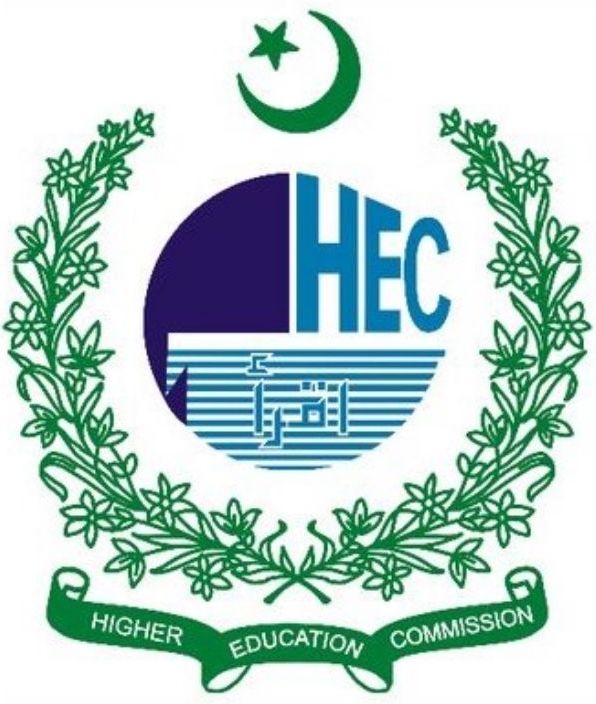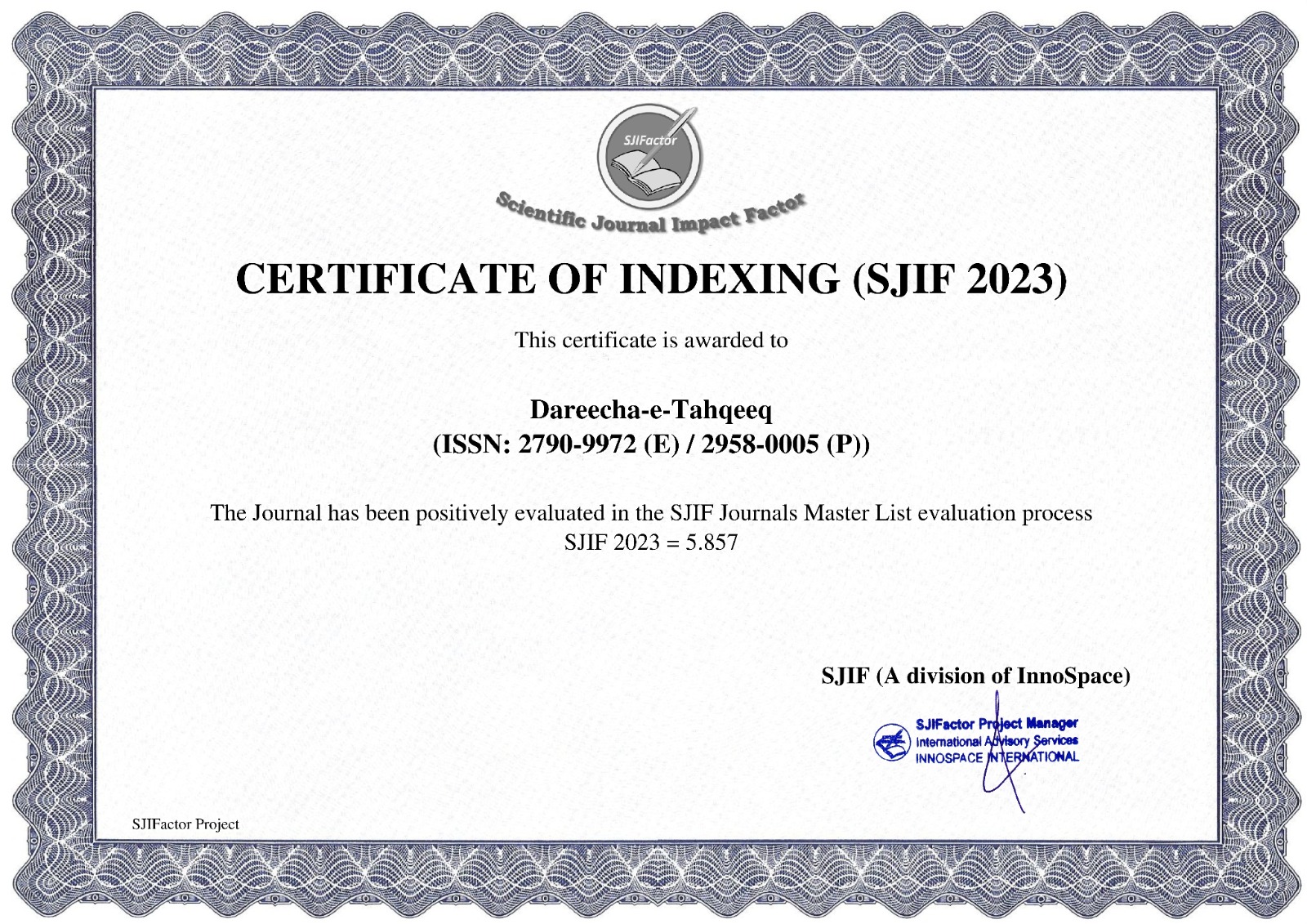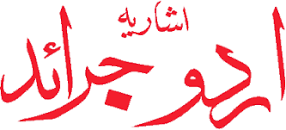‘‘Kai Chaand Thay Sar e Aasman’’ :The Narration Of The Dilapidation Of Civilization
DOI:
https://doi.org/10.58760/dareechaetahqeeq.v1i2.5Keywords:
anonymous woman, Dag Dehlavi, literary historyAbstract
Shams ur Rahman Farooqi is an Indian poet and one of the leading Urdu critics and theorists. He is regarded as the T.S. Eliot of Urdu criticism and has formulated fresh models of literary appreciation. Farooqi’s novel is a true character sketch of Urdu-Persian poetry and Indo-Islamic culture. Although the novel has extraordinary qualities and is its own example, but the history and civilization of the age which it is talking about, is now ours. Is of no particular importance. Also, the language used in this novel is no longer commonplace, so it will be largely difficult and incomprehensible. One can clearly see the effects of this cultural breakdown mentioned earlier. And what has been said about language is that of the easy going temperament of our time. In addition to gender differences, it also interferes with the fact that the character that the author has established in the middle of the novel, contrary to the myths, is not the character of a famous and great classical poet. Rather, he is a person of our cultural history who is known to the world as Wazir Khanum alias Chhoti Begum. She has the honor of being the mother of Wazir Khanum Nawab Mirza Dag Dehlavi. As far as the fame and popularity of Dagh Dehlavi is concerned, if you look at it, Wazir Khanum will be called an anonymous woman. This is also a fact because our literary history about Wazir Khanum has been generally silent. Now, in this novel, the way in which the main character is presented and the details of facts and events that have been narrated, even if they are not fully historically confirmed, but they tell a lot about the life and personality of Wazir Khanum. Something can be guessed. At the same time in the light of the personality of Wazir Khanum of this eraIf a list of the best Urdu novels is compiled, Shams-ur-Rehman Farooqi's "Kai Chand The Sar Aasman" will surely be counted among the first ten novels





















